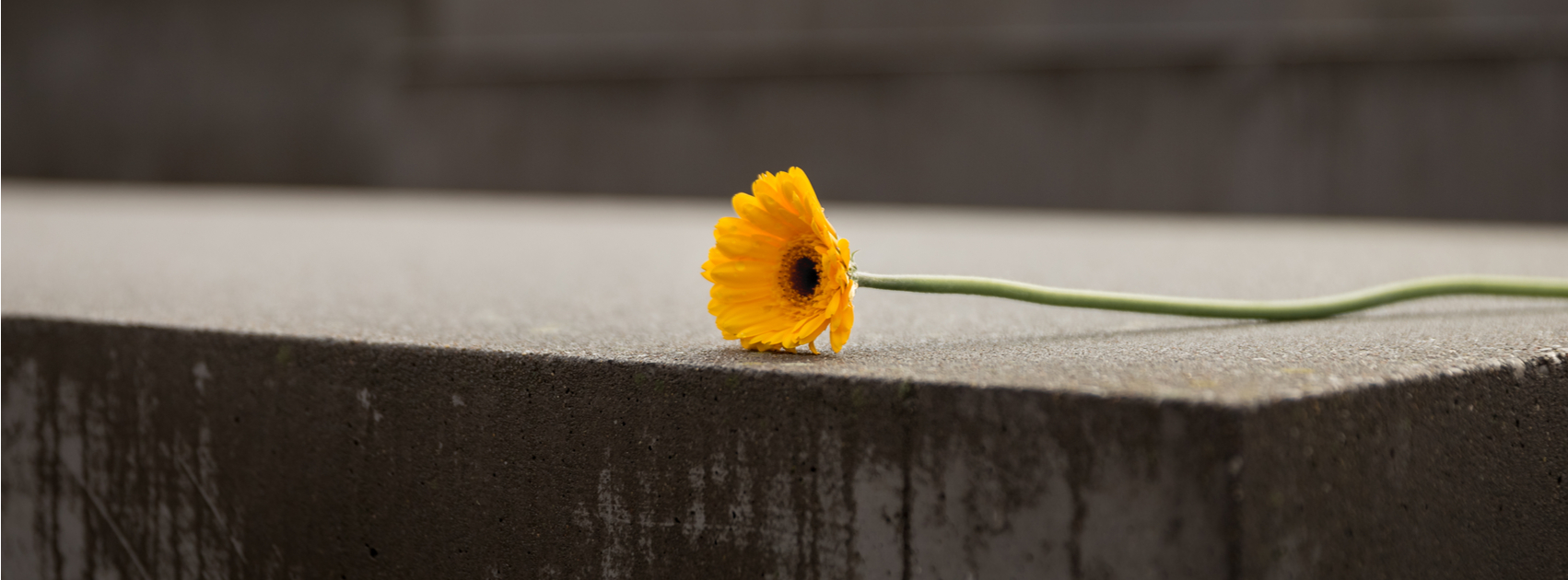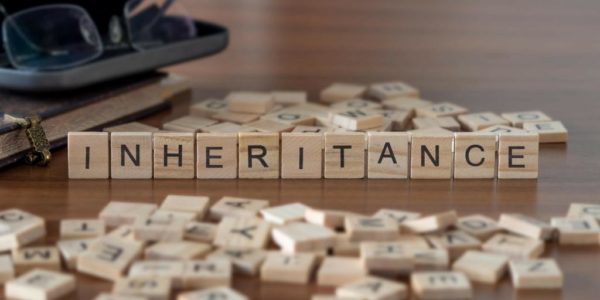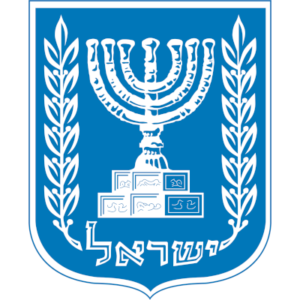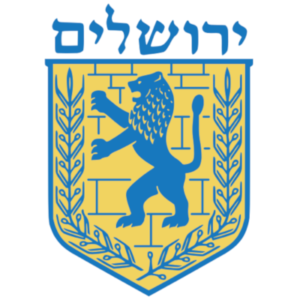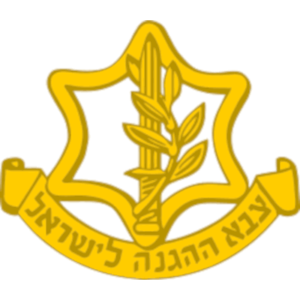Holocaust Memorial Day, known in Israel as Yom HaShoah, often conjures a feeling of loss as we mourn for the millions of people who lost their lives during the Nazi regime, which began in 1933 and ended in 1945. On the Hebrew calendar, this day falls on the 27th day of Nisan—a week after the seventh day of Passover.
The primary target of the Nazis, who thought themselves racially superior to all other races, was the Jewish people. Their mission was to eradicate the Jews so that they could “purify” Europe. According to the United States Holocaust Museum, two in three European Jews perished during the Holocaust—over six million in total.
Yom HaShoah is a time to mourn, but not to despair. The 27th of Nisan is the day that commemorates the Warsaw Ghetto Uprising, one of the first and most significant organized Jewish resistance groups against the Nazis. On Yom HaShoah we remember the strength and courage of thousands of men and women who lost their lives in the fight—a testament to the will of the human spirit.
What Events Led to the Warsaw Ghetto Uprising?
Nazi-Germany invaded Poland in 1939, defeating the Polish army in a matter of weeks. Soon after occupying the capital, Warsaw, Jews were stripped of their homes and belongings and were forced to live in small, segregated communities known as ghettos.
The Warsaw ghetto was one of the largest in Poland, with over 300,000 people living in an area roughly two square miles in size. The living conditions were unsafe as the Nazis would execute people on a whim. Food and medicine were scarce, and many succumbed to starvation and disease.
Periodically, hundreds of thousands of Jews would be deported from the ghettos and taken to concentration camps, where they were imprisoned and forced into labor, or even killed.
In the summer of 1942, the Jews who lived in the ghetto organized an underground resistance group known as the Jewish Combat Organization (Zydowska Organizacja Bojowa; ZOB) which consisted of about 200 members at that time. They managed to contact members of the Polish army who helped smuggle pistols and other small weapons into the ghetto.
The Jews also began building bunkers and creating underground tunnel networks in preparation for an armed conflict against the occupying Nazi army. Following a number of coordinated attacks that disrupted deportation operations, the Nazis entered the ghetto on April 19, 1943 to liquidate the Jews… only to find the streets empty. All the Jews were hiding in bunkers and ready to fight!
The Unbreakable Human Spirit
The small, yet fierce, resistant group managed to force the Nazis to retreat the first day and continued to resist for months, using bunkers and secret tunnels to coordinate attacks. They used pistols, grenades, various arms obtained from the Polish army, as well as homemade Molotov cocktails against the fully-armed and trained Nazi army.
Eventually, the Nazis came with tanks, armored cars, and flamethrowers to destroy the Jewish quarter block by block. Many perished in the burning buildings or were driven out of the rubble, but it was a hard-fought battle to the end. Altogether, hundreds of thousands of Jewish men and women lost their lives fighting the Nazis or were sadly deported to death camps.
Though the Jews lost their belongings, their homes, their families, and their lives, the Nazis failed to break their spirits in the end. News of the resistance spread around Poland and even to other ghettos, which inspired more resistance and bolstered morale against the Nazis. Some who survived the uprising and were deported to concentration camps continued the resistance there. Their efforts helped save countless lives!
Show Your Solidarity
We observe Yom HaShoah to show solidarity for all those who fought and suffered in the Holocaust. Everyone must remember the horrors of the Holocaust so that we may ensure that we never allow it to happen again anywhere in the world. As the legacy of the Warsaw Ghetto Uprising lives on, the best way to honor the memory of a living legacy is to create a living monument. That’s why My Olive Tree has been planting olive trees in the King’s Valley, one of the most sacred areas in all of Israel where legendary heroes like Oskar Schindler are buried among many others.
We also honor those less fortunate, who, in neither life nor death reached their homeland, but died courageously in the face of terror and cruelty.
There are many victims of the Holocaust whose legacies are in danger of fading from memory, but My Olive Tree is on a mission to keep them going with the Holocaust Victim Legacy Project.
Through the help of many sponsors like you, we have been able to plant over 200 olive trees in the King’s Valley in Jerusalem. It’s exciting to know that through the Holocaust Victim Legacy Project, we began with a list of 227 names of victims whose legacies we wanted to honor, and are now ready to open up that program to care for many more!
With your help, we can honor children like Zigmond Alder, who was gassed at Auschwitz at the age of seven, and Judith Schwed gassed at the age of 12. These, and many other innocent children never had a chance to resist, never had a chance to save themselves or their loved ones, but their legacies live on in our hearts and in great service to our society.
Their legacies serves to remind us of the evil that can manifest in the world if we do nothing to stop it. We must remember them so that we never forget to stand up for our neighbors:
“Learn to do good; seek justice, rebuke the oppressor;
defend the fatherless, plead for the widow.”—Isaiah 1:17
Planting an olive tree, since ancient times, has symbolized showing solidarity and a blessing of everlasting peace. As we partner with the Jewish people to help them restore their homeland, we pray that our hardships and suffering will inspire a better future with no tolerance for genocide.
We remember these victims for their courage and show our appreciation by cultivating peace in their name. Help us by sponsoring an olive tree today, and together we can preserve the legacy of multiple Holocaust victims and survivors for centuries to come.
